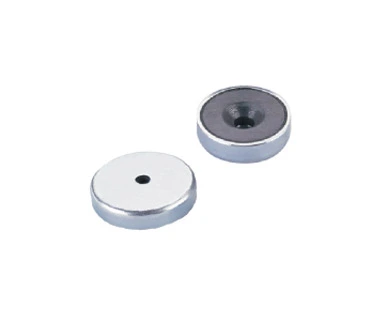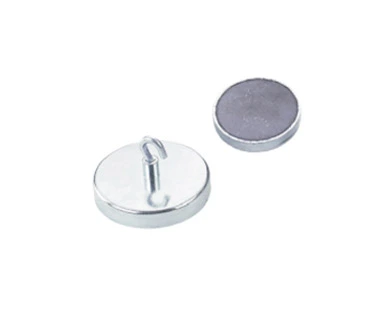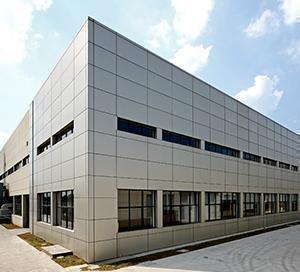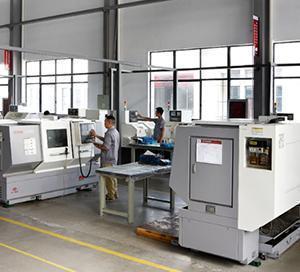Characteristics of NdFeB ring magnets
NdFeB ring magnets' applications in ferrite materials are increasing. As a type of permanent magnetic material, NdFeB ring magnets have certain advantages in terms of performance and application. Ferrite magnets are a type of metal oxide with ferromagnetic properties. In terms of electrical properties, their electrical resistance is much higher than that of metal and alloy magnetic materials, and they have high dielectric properties. They also show high magnetic conductivity at high frequencies. Therefore, they have become widely used non-metallic magnetic materials in the high-frequency and weak-current fields and are often used in instruments such as speakers.
NdFeB ring magnets' advantages are high cost-effectiveness and good mechanical properties. However, they also have certain disadvantages, such as low temperature resistance, poor temperature characteristics, fragility, and susceptibility to corrosion. These issues can only be addressed by adjusting the chemical composition and improving surface treatment to meet practical application requirements. However, as rare earth permanent magnetic materials, they have the characteristics of small volume, light weight, and good magnetism. The advantage of high energy density makes them widely used in modern industry and electronics technology. In the bare magnet state, the magnetic force can reach around 3500 Gauss.
Analysis of the reasons for the demagnetization of NdFeB ring magnets during use
In the motor industry, NdFeB ring magnets are generally used. As a type of permanent magnetic material, they usually do not demagnetize easily, but demagnetization issues do exist. Today, we will briefly analyze the reasons for this problem.
Demagnetization caused by the material itself: NdFeB ring magnets have the advantages of high residual magnetism and high coercivity, with a high content of rare earth. However, they have certain shortcomings, such as poor thermal stability. Once the temperature exceeds 150℃, irreversible demagnetization will occur. In addition, they contain a large amount of iron and neodymium metal materials, and their surfaces are prone to oxidation. If the coating process is not qualified, partial oxidation of the magnet during use can cause demagnetization.
Demagnetization caused by motor design: If the motor design does not fully understand the working conditions of the motor and the actual working point is lower than the inflection point of the demagnetization curve, irreversible demagnetization will occur during use.
Demagnetization caused by improper use: The harsh environment of the motor, especially at high temperatures or under severe mechanical vibration, can cause demagnetization. In addition, when the motor is overloaded for a long time and the temperature is too high, the motor can become irreversibly demagnetized.
 English
English 日本語
日本語 한국어
한국어 français
français Deutsch
Deutsch Español
Español italiano
italiano русский
русский português
português العربية
العربية





